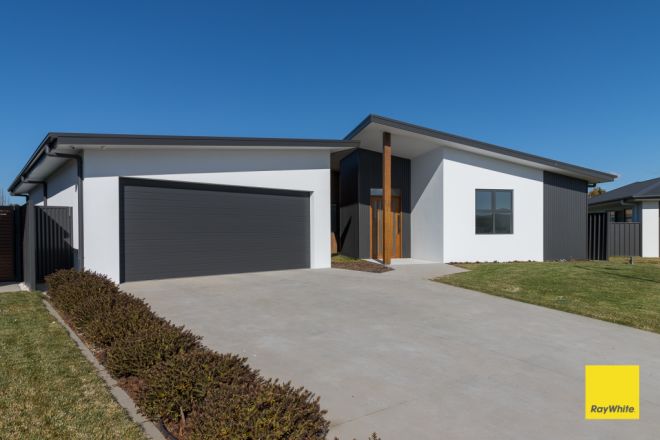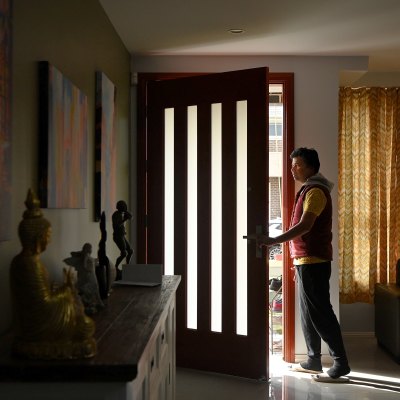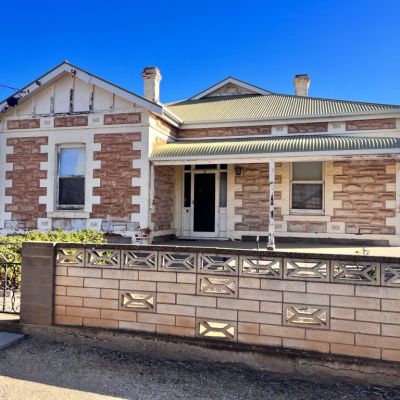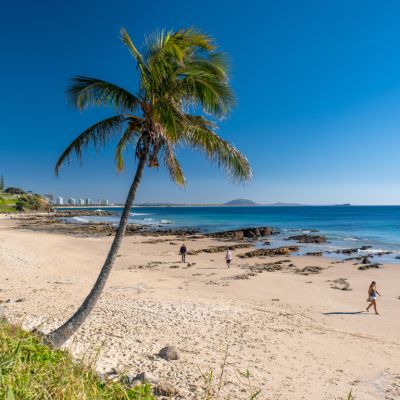The regional million-dollar club: The most expensive Aussie postcodes outside of the capital cities
The doors to the million-dollar club have been flung wide open in regional postcodes of Australia, with 103 suburbs or towns recording a seven-figure median house or unit price.
Data from the Domain House Price Report revealed the 103 suburbs outside of the capital cities were scattered across NSW and QLD, with a handful of suburbs in Victoria and the ACT also featured in the list.
While the pandemic is in our rearview mirror, for the most part, regions outside of the capital continue to reap the rewards of sea and tree-changers, Domain’s chief of research and economics Dr Nicola Powell says.
“The number of million-dollar suburbs [in that list] has benefited from the pandemic upswing because people who were selling out of Sydney and Melbourne moved into the regional areas for a lifestyle change … so it’s no surprise to see Noosa and Byron Bay, for instance,” she says.
Powell adds that the option of working from home has only accelerated suburbs into that million-dollar club.
“Unlocking that option for people has created more million-dollar suburbs in these areas. While cashed-up employees relocated, remote working has also opened that opportunity for people to move to regional postcodes,” she says.
“Some of the areas listed follow trends of big capital city markets such as Wollongong, Newcastle and Geelong, which have big employment bases … it’s almost like a large secondary city with employees coming and these areas would’ve seen further upswing because of the different way of working now.”
Leading the charge on the top-end of the market was Surfers Paradise in Gold Coast Central with a median house price of $2.42 million, up 17 per cent year-on-year; while Coolangatta in Gold Coast South was one of a few suburbs that cracked the million-dollar mark with a median unit price of $1 million, up 17.6 per cent year-on-year.

“An influx of people moving from big cities is what we have seen here [in Coolangatta],” says Brent Hodge of Real Specialists.
“It’s still affordable compared to other regional areas like Byron Bay, the Shire and Sunshine Coast. I went to Sydney and compared the lifestyle down there to what you could have here in a unit and I think [Coolangatta] offers just the same, if not a better quality of life, for a fraction of the price in Sydney.”
While other suburbs saw big price increases over the year, Byron Bay’s housing market took a hit. The suburb’s median unit price cam in at $1,510,500 million, up 13.6 per cent year-on-year, however, its median house price was $1.875 million, down 26.5 per cent year-on-year.
Su Reynolds of First National Byron says interest rate rises have dented buyers’ property decisions.

“We had one of the highest capital gains in the country during 2020 and 2021 … and that level of gain was not sustainable,” she says. “The market has steadied since the giddy heights of the COVID market.
“With each interest rate rise, buyers pause for a while and then it picks up again. I predict that once we have a couple of months of pauses on interest rate increases, we will start to see further strengthening of our market.”
While other suburbs have benefitted from buyers looking for a sea change, tree-change areas were also popular amongst property hunters.
With 103 suburbs now in the million-dollar club, 11 suburbs have entered the club for the first time, including Bungendore in country NSW where the median house price reached $1.1 million, up 19.6 per cent year-on-year.
“Bungendore is a great example of the power of affordability and what that does for neighbouring markets of bigger capital cities,” says Powell. “While these are million-dollar suburbs, some of these areas would be much more affordable than the closest capital city and what people do is seek affordability.”
The closest capital to Bungendore is Canberra, where the median house price is $1,034,057, down 11.9 per cent year-on-year. However, Ellie Merriman of Ray White Real Estate Bungendore says the suburb offers more “value for money”.
“Bungendore has always been a creeper. Other places have had little surges but Bungendore has ticked away and just continued to move up over time. We have people move here from Canberra and its surroundings, looking to be close to the capital but not live right in the city,” she says.
“Here, you’re surrounded by rural land and on small acreage blocks … the price you’ll be paying here is equivalent to some of the prices you’d be paying in a bigger city but for bigger blocks of land. These areas are the quiet achievers.”
We recommend
We thought you might like
States
Capital Cities
Capital Cities - Rentals
Popular Areas
Allhomes
More










